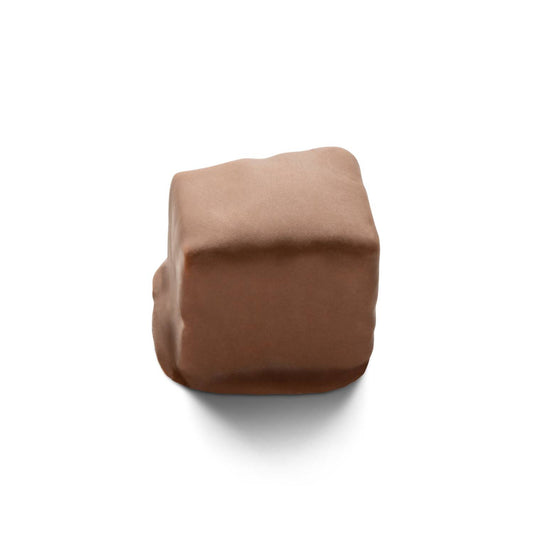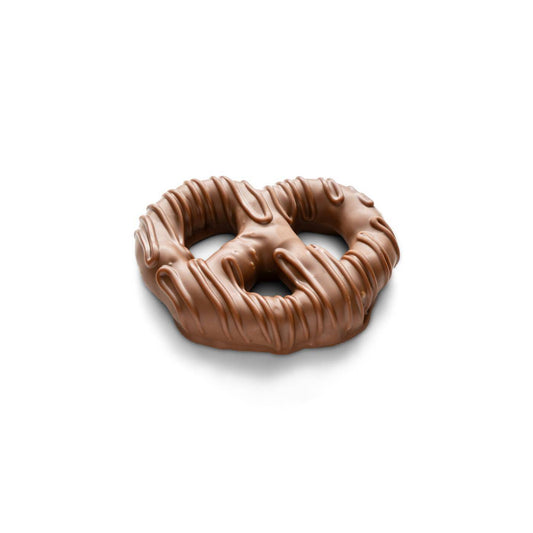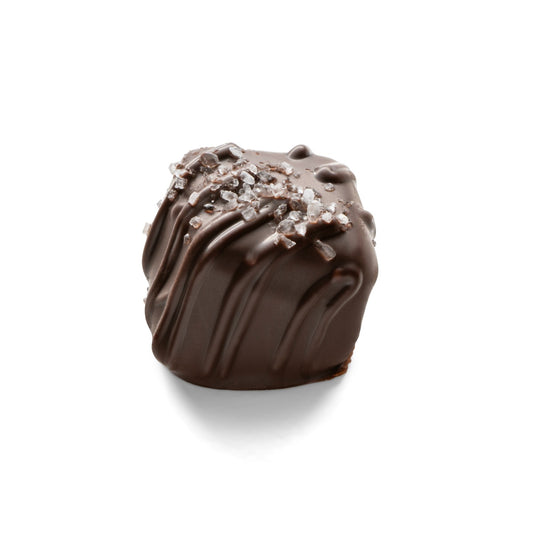In the world of specialty coffee, every detail matters—from the origin of the beans to the brewing technique you use. One of the most crucial factors that often gets overlooked is the timing between roasting and brewing. If you want to experience your coffee at its peak, understanding when to brew is key. For whole bean coffee, particularly light to medium roasts, there’s a window of time that brings out the best in your coffee’s flavor profile.
This guide explores the optimal brewing window for both brewed coffee and espresso, along with tips for storing your specialty coffee beans to ensure they reach their full potential.
The Degassing Process: Why Timing Matters
After your specialty coffee is roasted, it goes through a process known as “degassing.” During this phase, the coffee releases carbon dioxide (CO2), which can influence the flavor of your cup. If coffee is brewed too soon after roasting, excess CO2 can make it taste overly sour, sharp, or underdeveloped. On the other hand, if coffee is brewed after the ideal window has passed, it can lose its complexity and vibrancy, becoming dull or flat.
The trick is to find the sweet spot between allowing your beans to rest and avoiding the stale flavors that can come from waiting too long. Here's how timing plays out for different brewing methods.
The Optimal Brew Window for Specialty Coffee
For Brewed Coffee (Pour-Over, Chemex, French Press, etc.)
In the world of specialty coffee, we expect a delicate balance of flavors, and this requires precision in timing. For whole bean coffee, the ideal brewing window for brewed coffee is 10 to 30 days after the roast date. This period allows your beans to off-gas, letting their flavors evolve while maintaining that bright, lively complexity you expect from a light to medium roast. Brewed too early, and you might find the coffee too sharp or sour due to trapped CO2. Wait too long, and the nuances of the coffee can start to fade, leading to a flatter taste with less vibrancy.
The key is to trust the process of degassing, while also keeping in mind that specialty coffee is meant to be enjoyed at its peak. Ideally, aim to brew within that 10 to 30 day window to get the most out of your coffee's unique flavor profile.
For Espresso
Espresso is a more intense brewing method, where every detail—from the grind size to the amount of pressure used—comes into play. Espresso, with its intricate balance of sweetness, acidity, and body, benefits from a slightly longer rest period. For espresso, the optimal brewing window is typically 14 to 30 days after roasting. This allows the beans to develop a rounded, balanced profile, enhancing the depth of flavors you’d expect from a well-crafted espresso shot.
Espresso brewed outside of this window may result in a shot that lacks clarity, with excessive bitterness or under-extraction. Given the finer grind and high pressure involved, the slight increase in resting time can make a significant difference in making it easier to dial in your espresso shots.
Storing Your Specialty Coffee Beans
What happens if you can’t get through your coffee within that ideal window? Specialty coffee is an investment, and you want to ensure the beans retain their quality. Proper storage is essential for extending the life of your beans without compromising their flavor.
Freezing Your Coffee Beans
If you’re unable to brew your specialty coffee within the 10 to 30-day window, freezing is a great option to preserve the coffee’s character. However, it’s important to do it correctly:
- Seal tightly: Use an airtight container or a vacuum-sealed bag to minimize exposure to oxygen, which can degrade the flavors over time.
- Freeze in batches: Only freeze as much coffee as you plan to use in the next few days to avoid constantly opening and closing the container, which can lead to moisture or air exposure.
- Thaw properly: Remove the frozen beans from the freezer the night before you plan to brew and allow them to thaw at room temperature. This helps maintain the aroma and oils that contribute to the depth of flavor in specialty coffee.
A Note on Grinding Frozen Coffee
While freezing coffee can help preserve its flavor, it’s important to avoid grinding frozen beans. Grinding frozen coffee can lead to an increase in fines—the small, powdery particles that can clog filters and cause uneven extraction. These fines can lead to over-extraction, resulting in a bitter and unbalanced taste. To prevent this, ensure that your beans are fully thawed before grinding to maintain an even, consistent grind size, which is essential for a great cup.
Find Morningsong Coffee Roasters at Sweetlands Café
At Sweetlands, we’re proud to serve freshly roasted specialty coffee from our friends at Morningsong Coffee Roasters. We offer a selection of their high-quality beans at both our Plainfield and Rockford cafés. Whether you're a seasoned coffee enthusiast or just starting to explore the world of specialty coffee, our knowledgeable baristas are always happy to help guide you in selecting the perfect roast or answer any questions you might have about the coffee. They can also give you tips on the best brewing methods and how to preserve the flavors of your beans at home.
For the best experience with your specialty coffee, timing is essential. Brewed coffee should ideally be brewed within 10 to 30 days of roasting, while espresso performs best when brewed between 14 to 30 days. These windows allow the coffee to reach its full potential, with all its complexities, nuances, and balance intact. Starting with well-sourced and roasted coffee is also very important which is why we recommend our friends at Morningsong Coffee Roasters.
If you find yourself with more coffee than you can brew in time, don’t worry—freezing your beans in an airtight container is a great way to extend their life. Just be sure to thaw them overnight and avoid grinding them while frozen to prevent excess fines.
With careful attention to timing and storage, you’ll be able to enjoy the best flavors that specialty coffee has to offer—bright, dynamic, and full of character, every single cup.





